How Tomato Paste Packaging Machines Enhance Product Shelf Life
Tomato paste, a versatile ingredient used in culinary creations worldwide, has a limited shelf life due to its high acidity and susceptibility to spoilage. Packaging plays a crucial role in extending the shelf life of tomato paste, ensuring its freshness and quality for extended periods. Tomato paste packaging machines employ advanced technologies to preserve the integrity of the product, maintaining its flavor, texture, and nutritional value.
Vacuum Packaging: Removing Air to Preserve Quality
Vacuum packaging removes oxygen from the packaging container, creating an anaerobic environment that inhibits the growth of microorganisms. By eliminating air, vacuum packaging prevents oxidation, which can cause discoloration, rancidity, and loss of flavor. It also reduces the risk of bacterial contamination, extending the product’s shelf life by several months compared to traditional packaging methods.
Barrier Materials: Blocking External Factors
Barrier materials used in tomato paste packaging machines create a protective layer around the product, shielding it from external factors that can compromise its quality. These materials, such as metalized films and multilayer laminates, prevent the проникновение of oxygen, moisture, and light. Blocking oxygen and moisture prevents oxidation and bacterial growth, while blocking light preserves the product’s color and nutritional content.
Aseptic Processing: Sterilizing Product and Packaging
Aseptic processing is an advanced packaging technique that involves sterilizing the tomato paste and the packaging container separately before filling. The sterilized tomato paste is then transferred into the sterile container under controlled conditions, ensuring a sterile environment. This process eliminates microorganisms that can cause spoilage, extending the shelf life of the product significantly.
Controlled Atmosphere Packaging: Maintaining Ideal Conditions
Controlled atmosphere packaging (CAP) involves regulating the composition of the gas within the packaging container. By controlling the levels of oxygen, carbon dioxide, and nitrogen, CAP creates an optimal environment for preserving tomato paste. Reducing oxygen levels inhibits the growth of aerobic microorganisms, while maintaining carbon dioxide levels helps prevent the proliferation of molds and yeasts.
Tomato paste packaging machines play a vital role in enhancing the shelf life of tomato paste by employing advanced technologies that protect the product from spoilage. Vacuum packaging removes oxygen to inhibit microbial growth, while barrier materials create a protective barrier against external factors. Aseptic processing sterilizes the product and packaging, eliminating microorganisms. Controlled atmosphere packaging maintains an optimal gas environment within the container. These advancements ensure the preservation of tomato paste’s quality, freshness, and nutritional value, meeting the demands of consumers and the food industry alike.
-
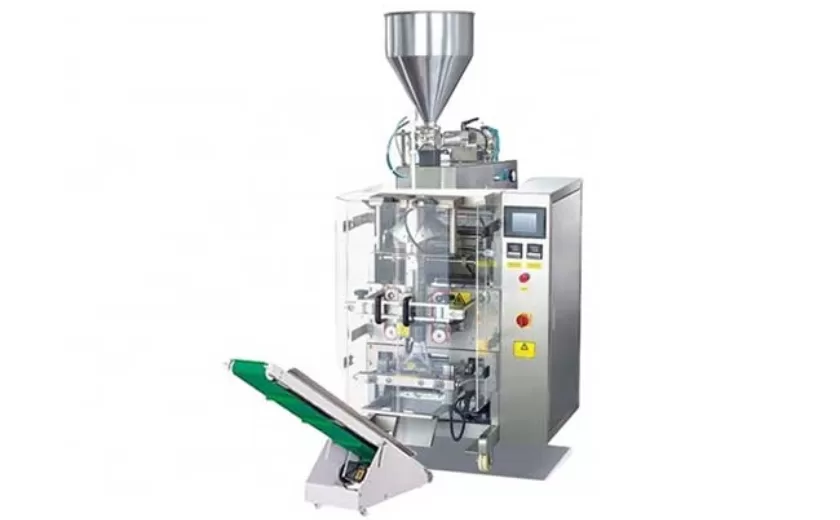
Advanced Packing Solutions: Snacks, Sugar, and Frozen Food Machines
29-10-2025 -
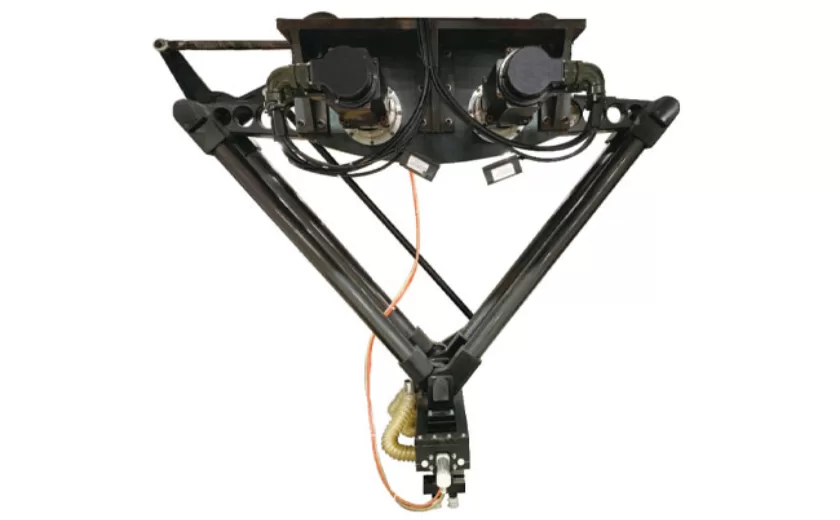
Efficient and Reliable Solutions for Salt, Nuts, and Frozen Dumplings Packing
29-10-2025 -
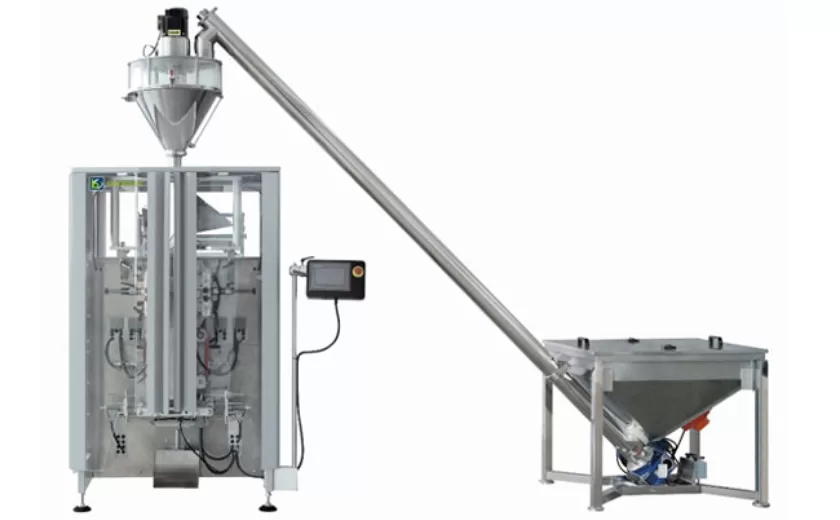
High-Performance Biscuits, Lollipop, and Ketchup Packing Machines for Modern Food Production
29-10-2025 -

Efficient Liquid Filling and Packing Machines for Modern Production
23-10-2025 -
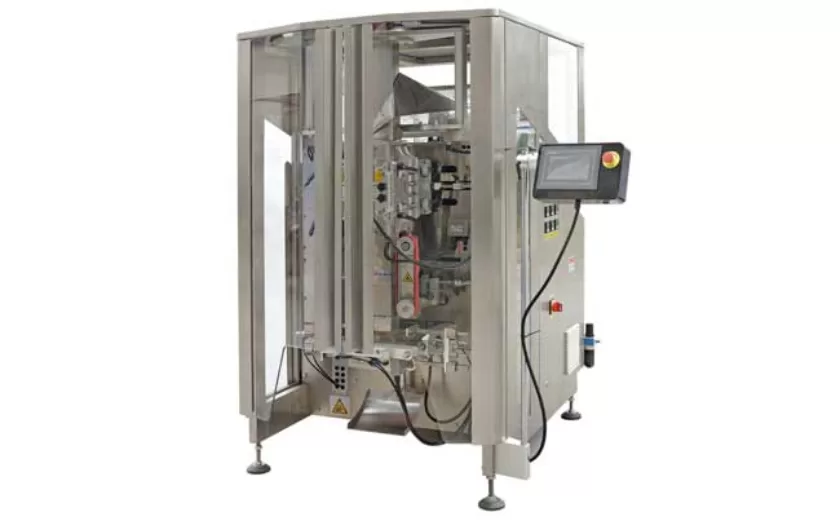
Reliable Granule Packaging Machines for Efficient Production
23-10-2025 -

Efficient Auger Powder Filling Machines for Accurate Packaging
23-10-2025 -

High-Performance Liquid Filling and Packing Machines for Hygienic Production
10-10-2025 -

High-Efficiency Granule Packaging Machines for Precision and Speed
10-10-2025 -

High-Precision Auger Type Powder Filling Machines for Efficient Packaging
10-10-2025 -
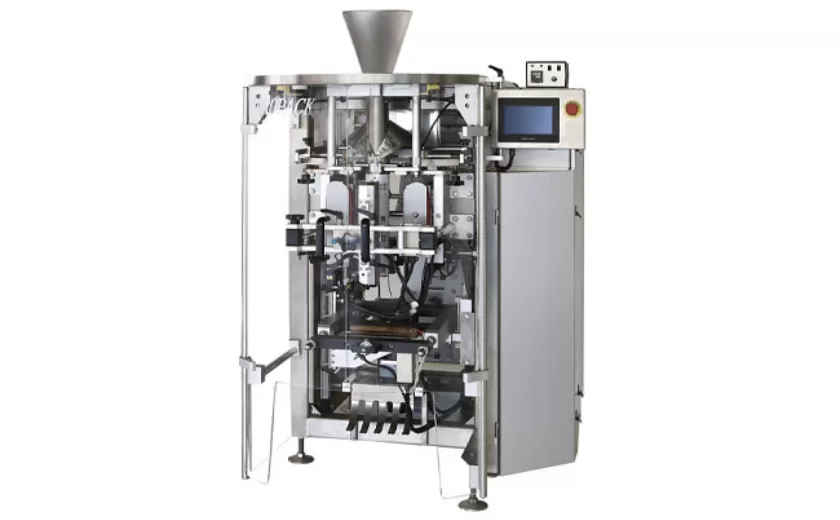
Efficient Vertical Form Fill Seal Packaging Machines for Smart Production
10-10-2025





